Test Magnat Cinema Ultra: The Hollywood Sound

Even at the height of the first surround wave, in the 1990s, THX was the benchmark among many German manufacturers. Whether the requirement latte was too high or the label simply did not offer enough incentive to buy, can not be clarified here, but ultimately Speaker Teufel was the only manufacturer left over and occupied for years unchallenged the THX terrain. But now Magnat ventures a new push and already the quite early circulating data sheets promise an explosive surround pleasure. The Magnat Cinema Ultra series is available in various sets and in individual components. LowBeats has ordered the test probably the best-selling minimal variant – a 5.1.2 configuration.
The different components
THX loudspeakers are basically designed as a partially active concept, without actively controlled subwoofer is therefore nothing. In this case, this means Magnat Cinema Ultra SUB 300-THX and fills in about one eighth cubic meter of space.
The center and front left and right speakers are the Magnat Cinema Ultra LCR 100-THX, which is the first THX speaker to be used vertically and horizontally. It can also be used as a surround speaker, but at least for the sides, the compact dipoles Magnat Cinema Ultra RD 200-THX serve.
Last but not least, there are the extremely cleverly designed Magnate Cinema Ultra AEH 400 ATM auxiliary loudspeakers, which are primarily intended for the height or ceiling effect channels and the optional reflective – Dolby Atmos Enabled – or direct -emitting .
THX: What’s that? Do I need that?
Some people may not even know where the idea with “THX” comes from and what it makes sense to do. When George Lucas released “Star Wars” in 1977, he was in many places disappointed or appalled by how his film sounded in theaters. Because that had little to do with what he had delivered. With the freshly earned money from the blockbuster, he built the “Skywalker Ranch,” his own little Hollywood, near San Francisco and founded the THX project.
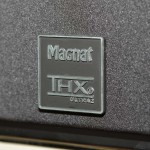
He engaged acoustic guru Tomlinson Holman to work out a concept for reproducing film sound of comparable quality in the studio, in the cinema and at home. At the beginning of the eighties, the first cinemas were installed and certified according to the THX concept.
The conditions included parameters such as sound pressure, low distortion, but also seemingly trivial things such as inaudible air conditioning and a seating that compensates acoustically, no matter how many or few spectators are present.
At the end of the 1980s THX went to home cinema after years of development. Here, distortion spectrum, achievable sound pressure and frequency response, but also decoder quality and amplifier performance must also meet a very, very thick catalog of requirements to guarantee that all components are acoustically matched and unrestrained to reproduce what director and sound engineer have designed.
Again, some of the original THX developments are so commonplace today that they are no longer perceived as such. This includes correct measurement with band-limited noise at standard levels, or the mechanical tolerances for RCA sockets and plugs, which did not know any standard before the introduction of THX.
In short: THX guarantees a defined minimum quality standard at a very high level. There are various THX license packages for speakers, which are roughly divided into THX Select2 (for small rooms up to approx. 25m²) and THX Ultra2 (for large rooms up to approx. 40m²).
Magnat Cinema Ultra
Magnat Cinema Ultra had to fulfill a lot of conditions for the license and pass tests where many a developer had failed. And it has even set some records: Specially for the set, the largest tweeter dome in the world was developed (42 mm diameter). It is the most compact THX Ultra2 speaker set ever licensed.
The front speakers are the first to meet the stringent requirements of frequency response and radiation characteristics while standing and lying down. The subwoofer is the smallest that could ever meet the requirements, even when used as a single woofer. Most manufacturers need two subwoofers to meet the sound pressure requirements.
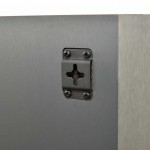
The fact that the Magnat developers really had the application in the ambitious home cinema in mind, one notices in detail solutions that are common to all components of the series.
This begins with the very flat, space-saving design and apparent trivialities such as a completely black and predominantly matte look, to avoid annoying light reflections. After all, the film should only run on the screen, or even better, the screen and not even somewhere as an irritating reflection.
All speakers in the set (except the subwoofer, of course) have wall hangers on the back and corresponding, padded spacers so nothing vibrates or rattles. As a criticism could be cited that at this point perhaps a little space for the cable passage was left.
There are screwed connections for the widened wall brackets according to VESA Standard. All speakers have a removable, magnetically adhesive front cover, which does not require any visible support on the housing.
Magnat Cinema Ultra SUB 300-THX: The foundation
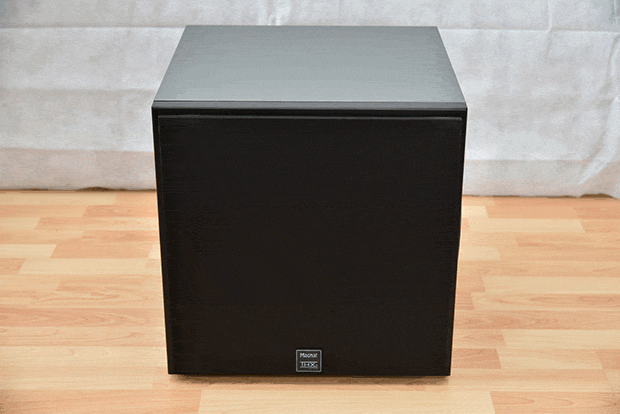
There has never been such a compact THX Ultra2 subwoofer, and that’s hardly surprising. In THX, the subwoofer gets not only the already demanding bass effect soundtrack “LFE” (LFE = Low Frequency Effects,, the “.1” channel in surround), but also the bass components of all channels below 80 hertz. That sums up, but also allows a compact design of all speakers without thick woofers – except just the subwoofer.
And the Magnat Cinema Ultra SUB 300-THX offers just a few superlatives. To avoid distortions, the housing must not develop a mechanical life of its own.
Multiple stiffeners are self-evident and the baffle consists – not visible from the outside – from 4.5 centimeters thick MDF. Therein sits a newly developed woofer with 32 centimeters in diameter, multi-stiffened paper cone and beaded bead for an extremely large stroke.
In each of the two sidewalls sits another of these woofers – but without a magnet – as a drive-less passive membrane. Their drive is only the rearward sound component of the active front driver.
Basically, the passive diaphragms basically do nothing more than the bass reflex tubes commonly used – but with the huge advantage that they do not cause any flow noise. Disadvantage of this solution: Although it is technically elegant, but also much more expensive than a plastic pipe.
The amplifier is a newly developed Class-D power amplifier with 550 watts of power is used, which makes more than a kilowatt loose in the short term. The Magnat Cinema Ultra SUB 300-THX has a couple of conventional filtered cinch inputs and, switchable, an input labeled “THX” which is unfiltered.
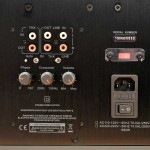
Since the filtering is taken over by the bass management of the AV receiver with THX, double filtering is avoided. For each input, there is a looped output, so you can cascade several subwoofers.
And that is particularly valuable in this case, because as our measurements prove, this subwoofer works with an almost constant phase, where the others usually drift dramatically in their timing.
And it allows the user to easily adapt the subwoofer to the front speakers, as a clean phase transition from the subwoofer to the satellite is the key to a homogeneous sound in the fundamental range.
Magnat Cinema Ultra LCR 100-THX: The Stage
The Magnat Cinema Ultra LCR 100-THXs, which are primarily intended as front speakers, have an extremely flat design and are therefore ideal for mounting as OnWall speakers. With dimensions of 280 x 520 x 188 mm (W x H x D), the front is about the size of a DIN A3 paper. The width is necessary to compensate for the small depth in the volume.
Submerged in the baffle are two 17cm woofers / midrange drivers and a comparatively huge 42mm diameter tweeter dome. Both drivers are also new developments for this series.
The diaphragms of the symmetrically arranged mid-bass drivers consist of a ceramic-aluminum sandwich diaphragm, just like their dust caps. A multi-ventilated voice coil ensures low-distortion operation under continuous load and at least eight screws hold the system firmly in the baffle.
Polyfiber-Compound is the name of the new membrane material that forms the tweeter’s dome and ensures the required sound pressure with its huge area for a tweeter.
Other manufacturers have to use several tweeters at this point, which causes discoloration due to interference. So that the radiation behavior and the coupling to the woofer / midrange fit exactly, the calotte sits behind a diffuser submerged in a waveguide sound guide.
How well this works, the LowBeats measurements show. The frequency response is not only very linear on axis, but also at an angle. Even if you use the Magnat Cinema Ultra LCR 100-THX recumbent as a center and measure at an angle, there are no unpleasant surprises – just a deliberate and harmless midrange sink.
Magnat Cinema Ultra RD 200-THX: The atmosphere
In the cinema, there is no punctiform image in the surround channels, why? Anyway, you can only see what’s going on there on the screen anyway.
That’s why there’s always a whole row of speakers hanging on the wall: a so-called array. Arrays ensure that all viewers hear about the same thing. This rarely succeeds in small rooms like a typical home theater. Who wants to mount a dozen or more speakers?
The effect of the wide and less focused image can also be achieved with a dipole speaker such as the Magnat Cinema Ultra RD 200-THX.
In the process, such a THX dipole works as a monopole in the fundamental tone, ie like a conventional loudspeaker. From the midrange, however, the sound is primarily radiated forwards and backwards – and backwards by 180 ° the phase reverses.
On axis, the signal is therefore largely extinguished, which is why you can locate the dipole only bad. Most of the upper mid-range to high-frequency range is therefore perceived indirectly with these speakers.
The result is the desired, wide image, although it has just used only a single speaker. Another positive side effect: Who does not sit in the middle but closer to one side, the surround sound is not as dominant in the ear as with conventional speakers.
The Magnat Cinema Ultra RD 200-THX works with the same loudspeaker chassis so that all this works as desired and in harmony with the front speakers. Only a woofer / midrange driver is used here and two of the huge 42mm dome tweeters for the dipole arrangement.
Here, their size pays off, because they create a sufficiently low lower limit frequency that the dipole can work as a two-way construction. Attention: The phase relation to the front speakers is matched. Means: You have to be careful to use the dipoles the right way round, because there is a left and a right.
Magnat Cinema Ultra AEH-400-ATM: The sky
The Magnat Cinema Ultra AEH-400-ATM auxiliary loudspeaker is the only product that is not THX certified, as there is (still) no standard for this genre. But he is equal to two speakers in one, because his crossover can be switched for the sound reflection on the ceiling with a toggle switch between an equalization to “Dolby Atmos Enabled” specifications or linear characteristics.
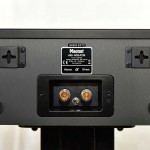
The characteristic can be selected by toggle switch between Atmos Enabled and direct radiator (Photo: R. Vogt)
As a result, it is visually and acoustically suitable as a Dolby-Enabled Speaker attachment for the Magnat Cinema Ultra LCR 100-THX. Thanks to wall hangers according to VESA standard, it can also be mounted on the wall at the right place – convenient for those who want to use Dolby Atmos or DTS: X but do not want or are not allowed to mount speakers to the ceiling.
But if you want to enjoy the full quality of the immersive audio recordings, does not come around a montage high above and can use the same speaker in the switch position “Direct”; Anyway, it is already suitably bent (20 °).
So you do not need a bracket with joint and can mount the Magnat Cinema Ultra AEH-400-ATM directly flat, be it high on the front and back wall for DTS: X and Auro-3D optimized or in front of and behind the listening position on the ceiling for perfect Dolby Atmos.
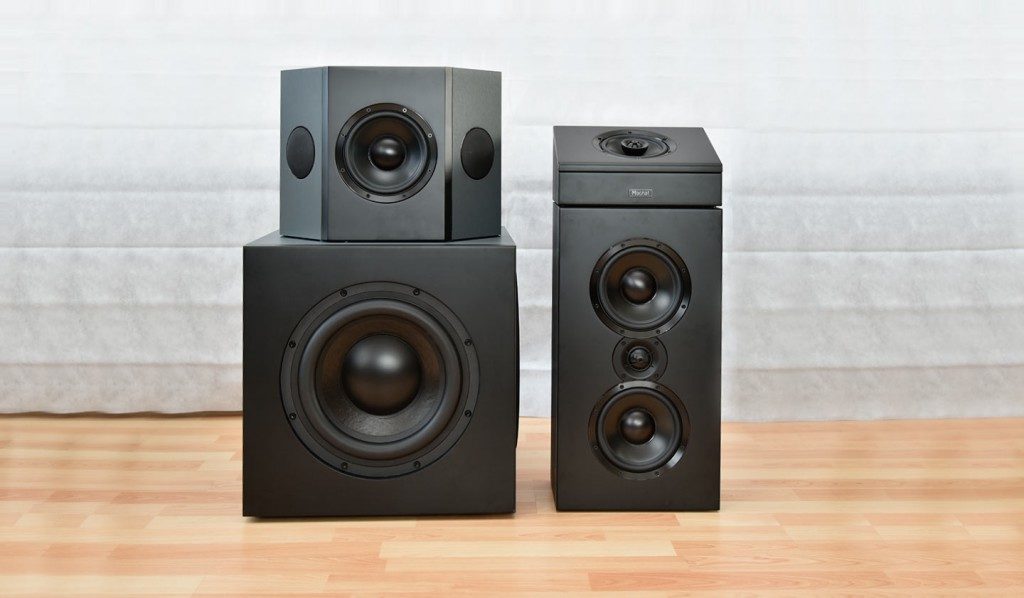
The test setup in the home cinema was typically simple for THX speakers, because the specifications are clear. The front speakers at ear level, the dipole surrounds at least at ear level, tend to be placed a little higher and above all so that the sound radiation to the front and back is not directly obstructed.
In any case, the zero axis of the dipole must point to the listening position, which in most cases, as in the LowBeats test cinema means, directly 90 ° next to the listening position, or sofa.
For timing reasons, the subwoofer should rather stand with the front speakers. Set the AV receiver, or in this case the AV preamplifier Marantz AV8802A and the appropriate power amplifier MM8077 for all speakers to “small” and the crossover frequency for the subwoofer fixed to 80 hertz. It does not matter what a calibration system like Audyssey thinks it is. Only then do all the phase transitions fit together and it sounds like a one-stop shop.
The listening test: Opera and Space Opera
In the first round we talked about stale stereo playback of CD and high-resolution streaming files. And there came the first positive surprise. If early THX loudspeakers liked to have a tendency to dry, gnarled sound, the Magnat Cinema Ultra played refreshingly airily and dynamically. Cymbals had a wonderfully warm metallic brass sheen, depth of space and stage image were vividly and completely detached from the speakers in the room.
Also critical, unadulterated voice recordings from the 1950s in Highres by the good old Ella & Louis (a mono recording) sounded sensationally plastic and Mrs. Fitzgerald stood stable and with realistic size representation as festgecheltelt in the middle between the front speakers. Only when very tricky midtone balance was needed, such as on Maceo Parker’s saxophone on Roots Revisited at “Children’s World” was there a small tendency to nasal discoloration. But that is whining at the highest level.

Division Bell: The collection box contains a Blu-ray with 5.1 mix in 24Bit / 96kHz (Cover: Amazon)
In the next escalation stage, I put the Blu-ray Disc from the collection box of Pink Floyd’s Divisio n Bell , which also contains the 5.1 mix of the album in 24bit / 96kHz. “High Hopes” is the name of the challenge that begins on a summer meadow with insects whirring around the room, then from far away on the right comes the “Division Bell”, which is always beaten into the syncope. The piece becomes acoustically more complex and developed into a chorus, a low-pitched dynamics, on which many a loudspeaker has failed.
This scenario mastered the Magnat Cinema Ultra in such a sovereign way, as was previously unthinkable in this price range. No matter how much acoustic was going on, the bell was always crystal clear on the spot in the syncope audible, where they usually like to go down in the rest of the action. And who believes with dipoles as surround you can put nothing sharply localized in the room, which is taught at the beginning by realistically annoying around his own head buzzing insects a better. And all this goes at almost any high level.
The dynamics and picture were so great. Time to strain the subwoofer. But he also put away everything that was thrown at his feet, such as the low-bass attacks from Tron Legacy or the tracking shot through the crashing spaceship Serenity, where you got the feeling as you rushed through the atmosphere with the entire cinema burning. Great, that’s cinema! Although there was only a couple of Atmos speakers available, but that was enough to see if they harmonize well with the rest of the set. And they do that amazingly well despite their compact size. The veteran notices this when measuring, if the test noise sounds very similar. Here, the height channels close wonderfully seamlessly the picture upwards and even in terms of level keep the Winzlinge amazingly good. A very coherent chain.
Conclusion: dynamics full, but with feeling
The developers have created a loudspeaker set with the Magnat Cinema Ultra that is literally fun. The concept and execution are conclusive, from sophisticated details such as the VESA brackets to the additional loudspeaker, which can serve as a Dolby Atmos Enabled loudspeaker and can be switched over for wall or ceiling use. The front and dipole speakers play amazingly harmonious with each other and form acoustic events coherently throughout the room and beyond. Also thanks to the above-average potent subwoofer, the set not only plays airy detached and dynamic, but can also powerful grab and achieves even in large rooms casually cinema or live concert levels. More all-rounder is not really. Great.
| + | Sensational coarse and fine dynamics |
| + | Plastic room illustration |
| + | Subwoofer level fixed and deep |
| + | As a set and also available individually |
Gallery Magnat Cinema Ultra
measurements
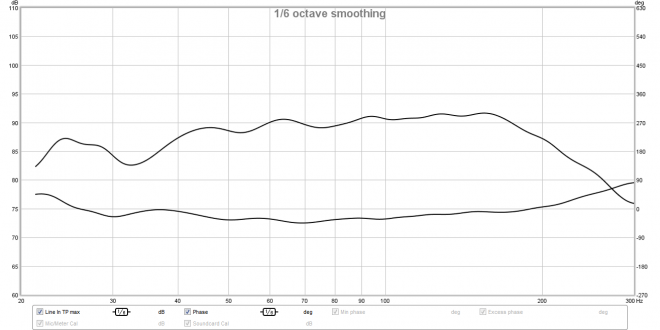

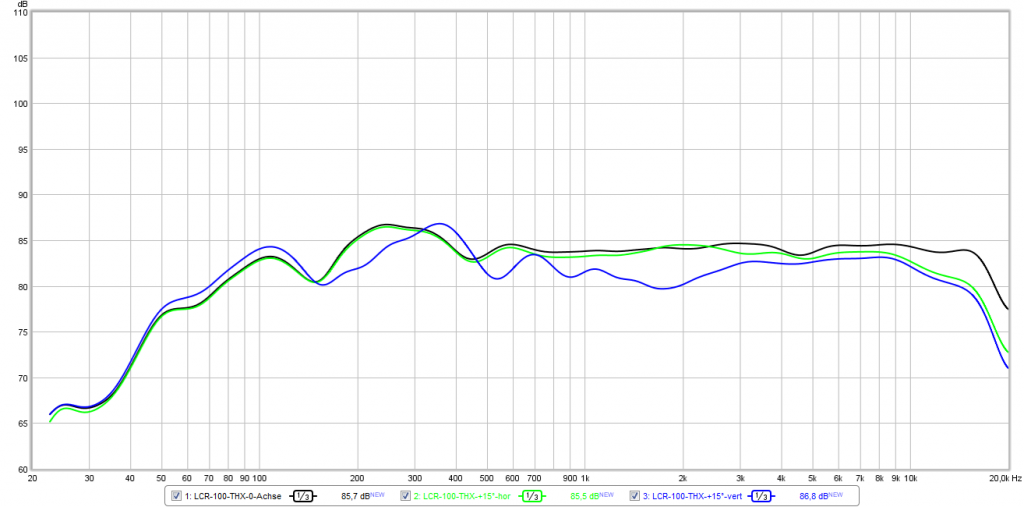
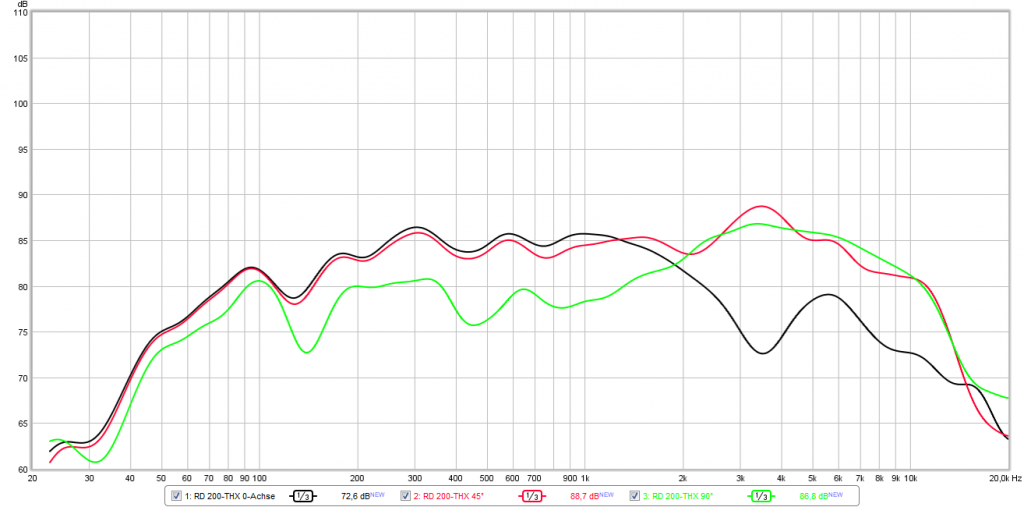
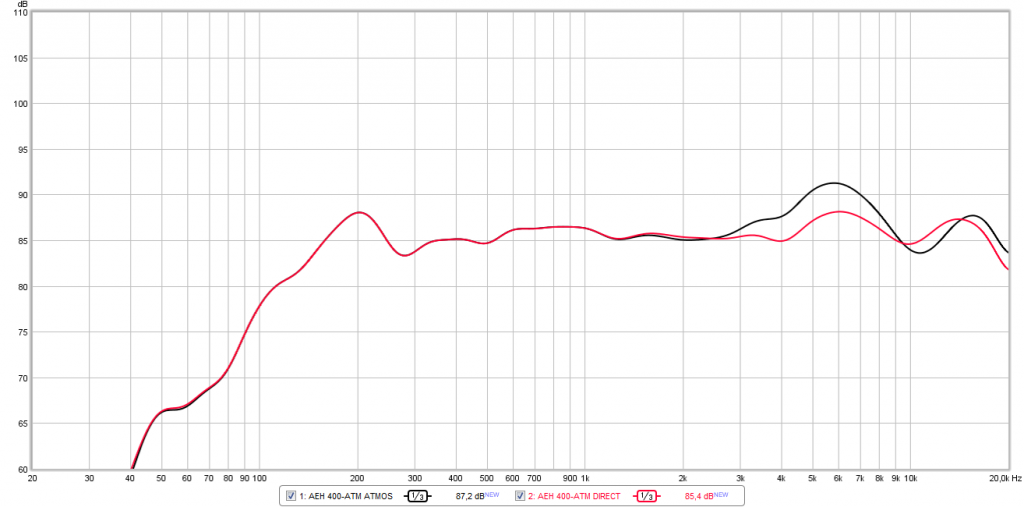
Magnat Cinema Ultra SUB 300-THX

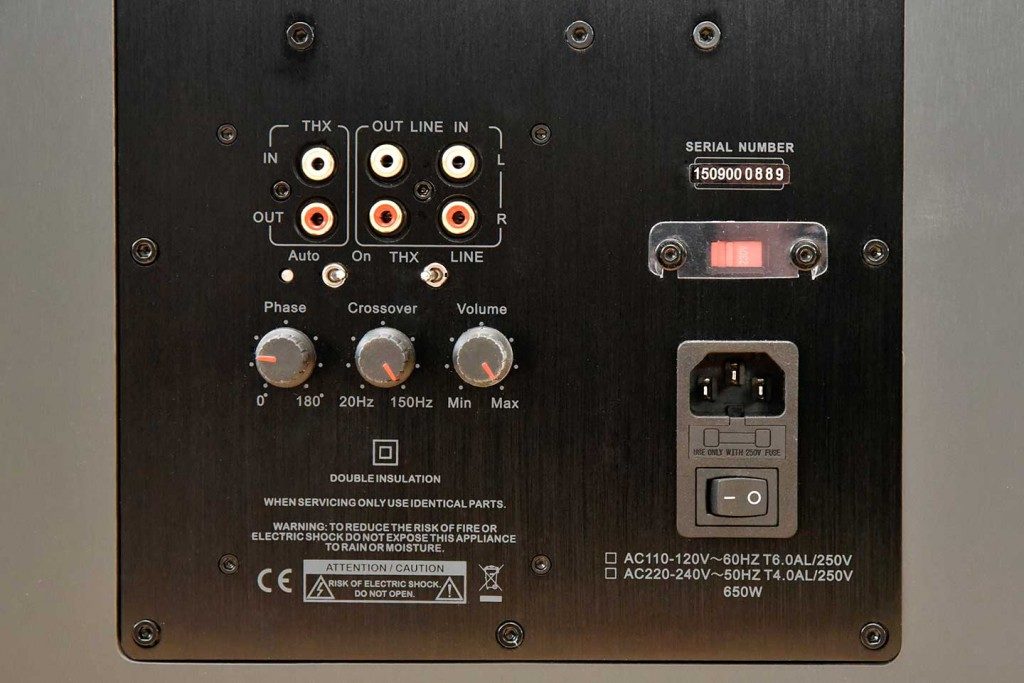
Magnat Cinema Ultra LCR 100-THX
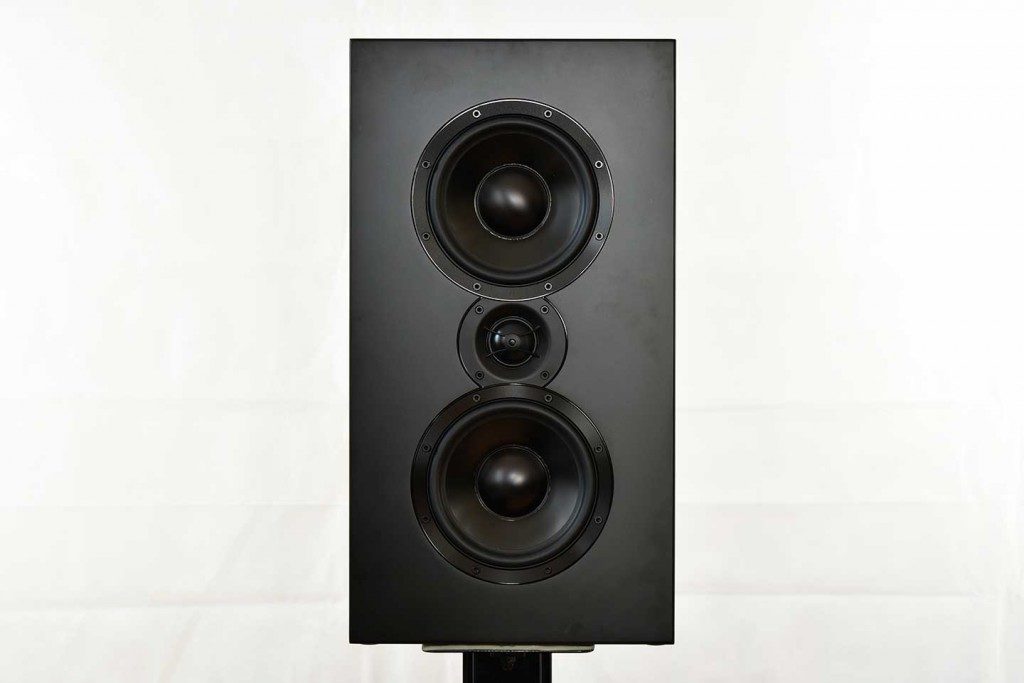
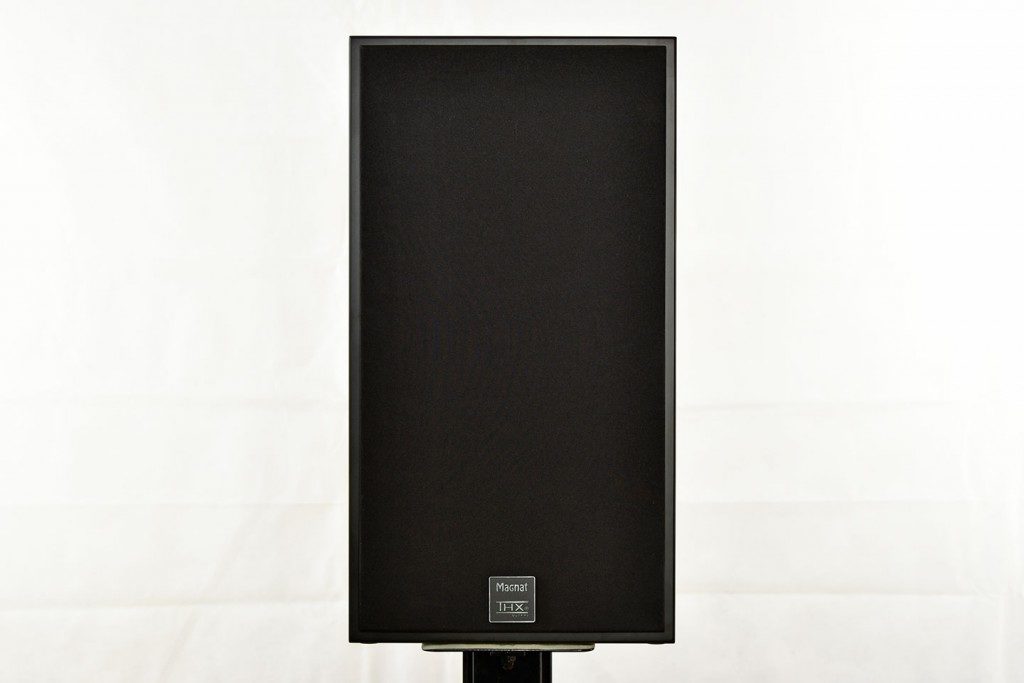
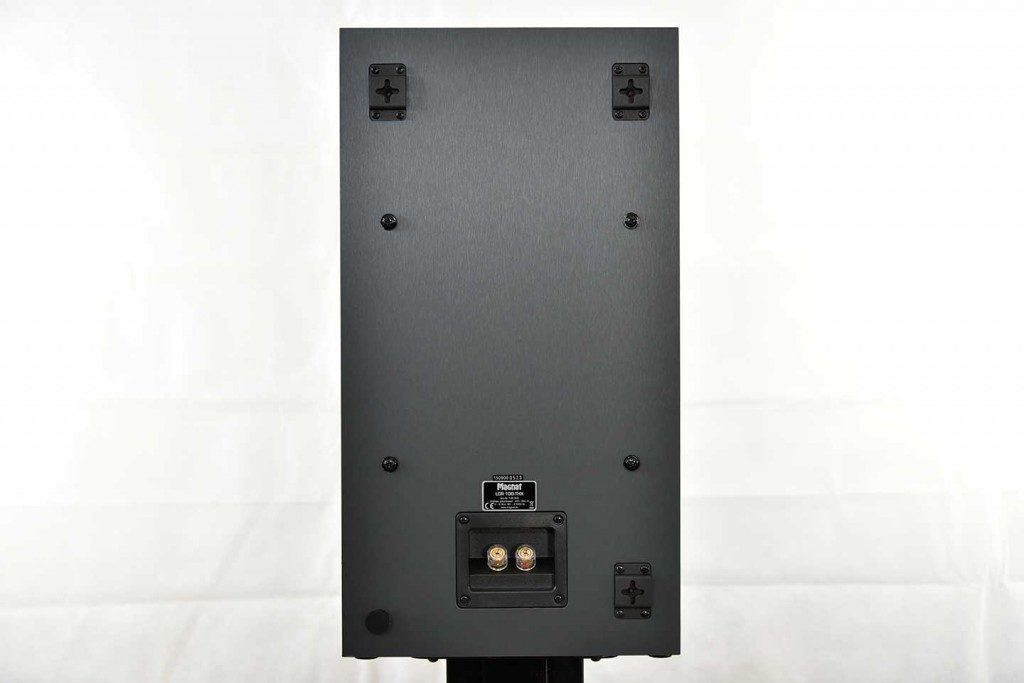
Magnat Cinema Ultra RD 200-THX

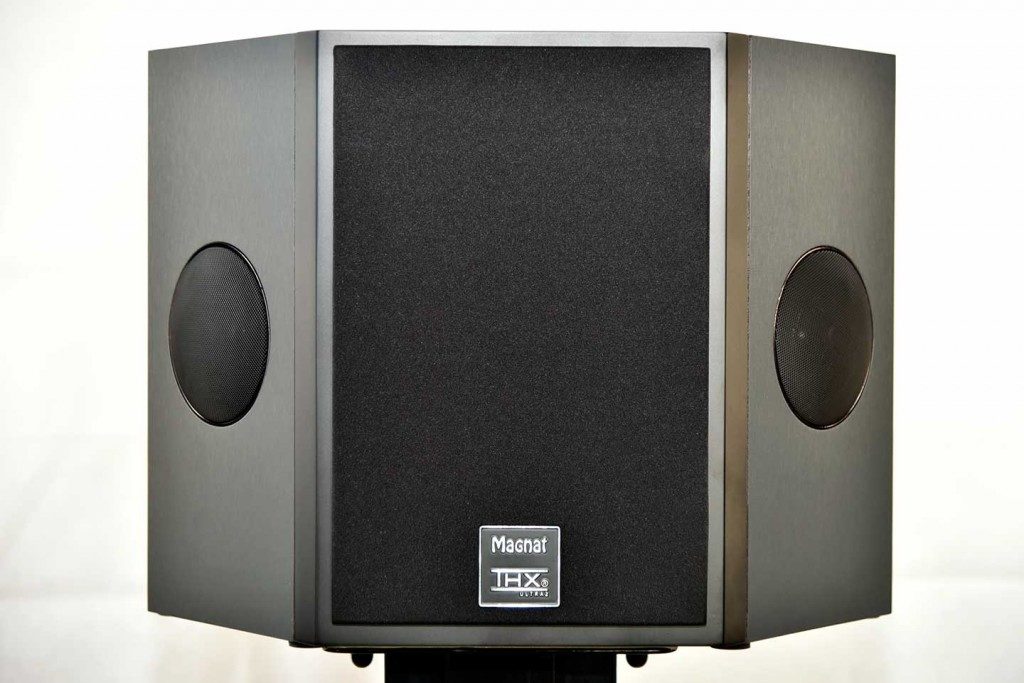
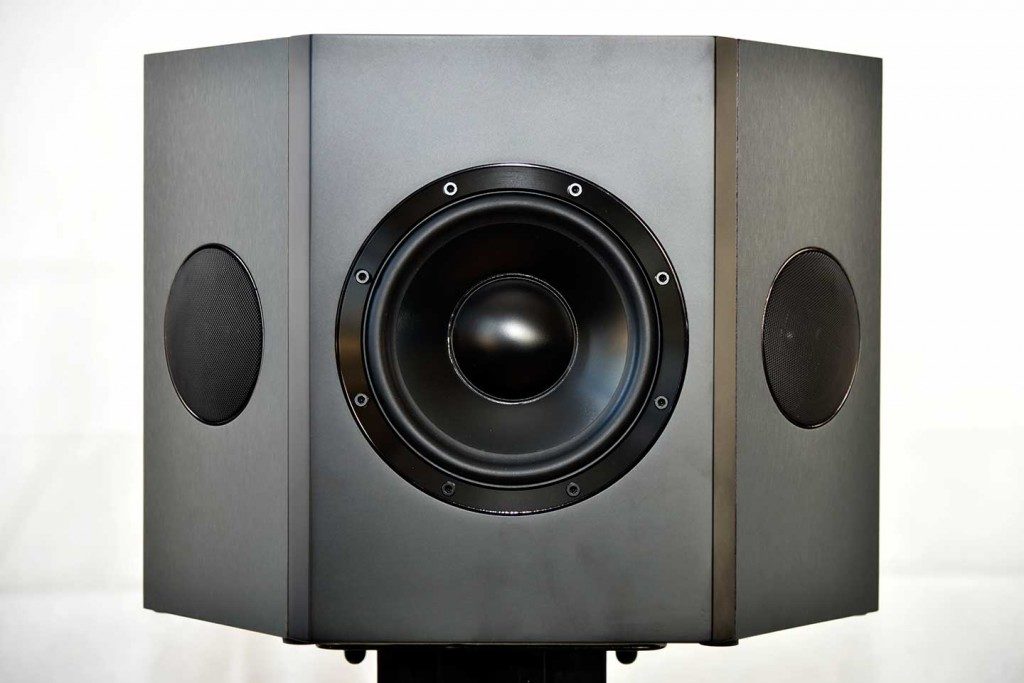

Magnat Cinema Ultra AEH 400-ATM
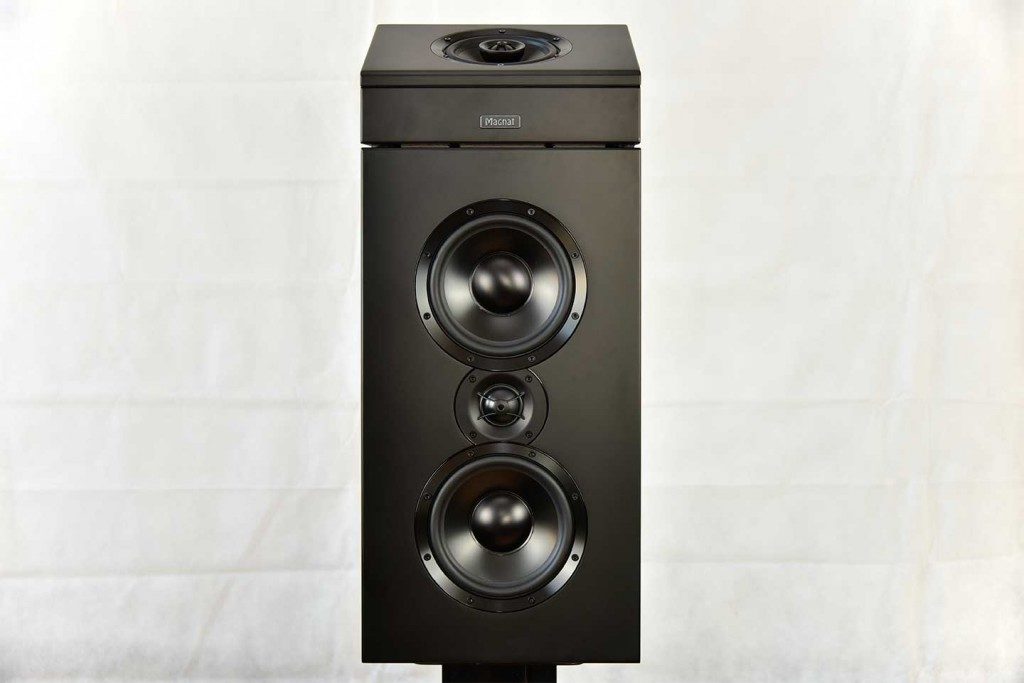

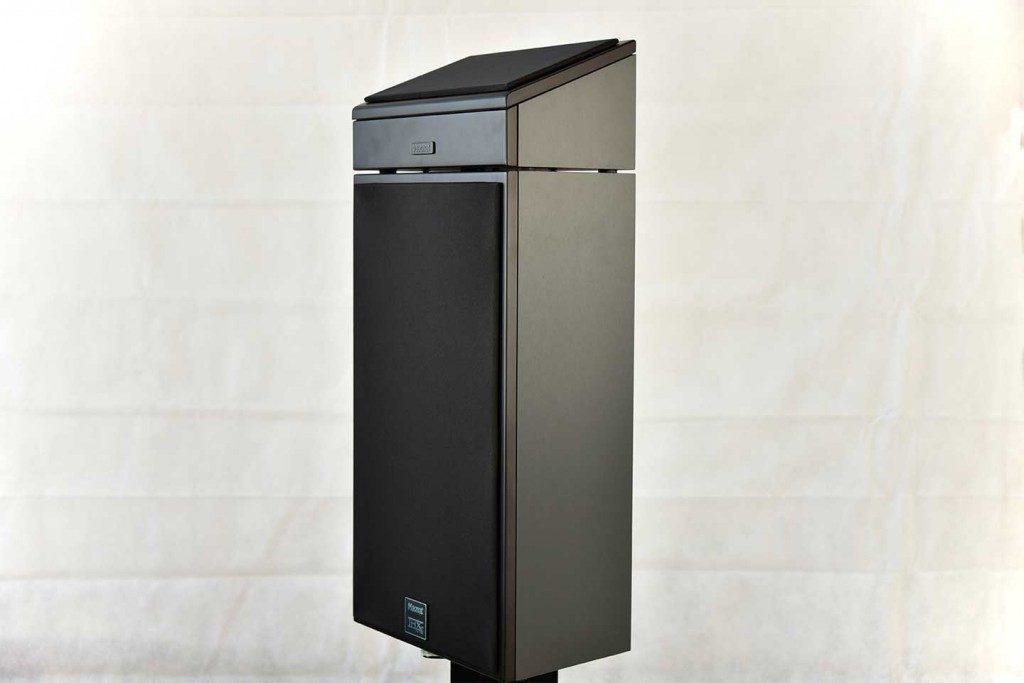
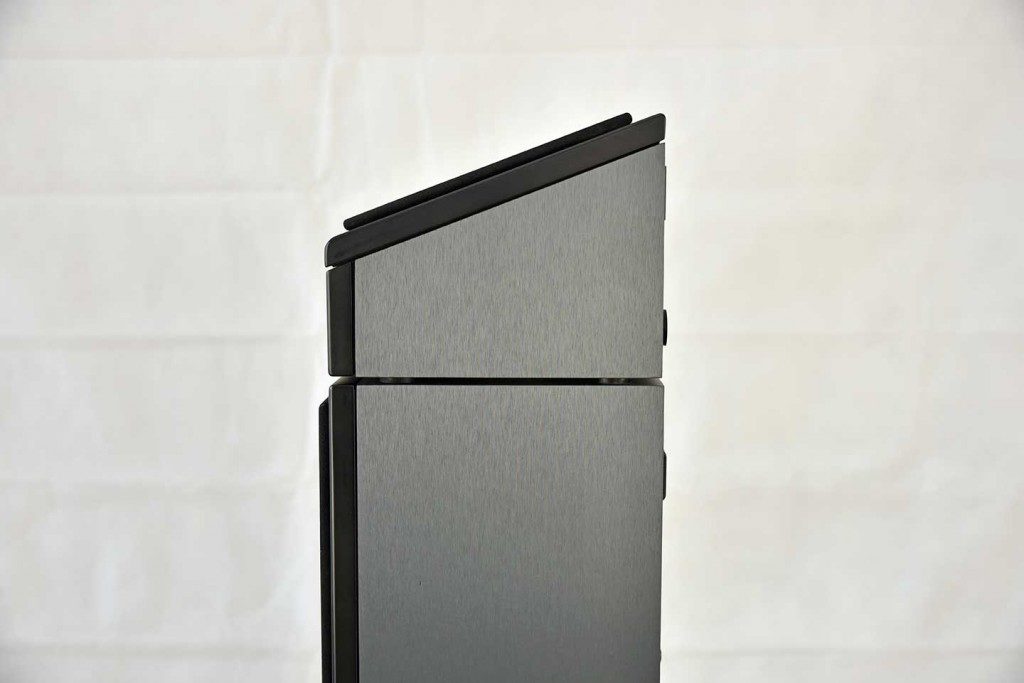

The characteristic can be selected by toggle switch between Atmos Enabled and direct radiator (Photo: R. Vogt)
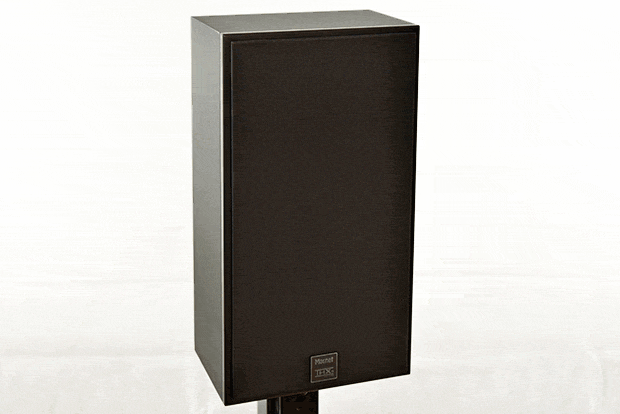
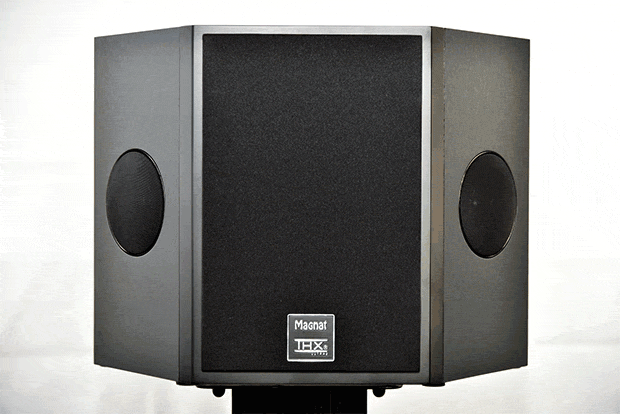
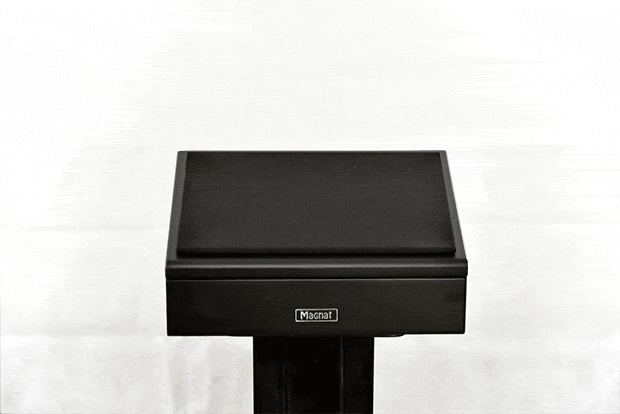
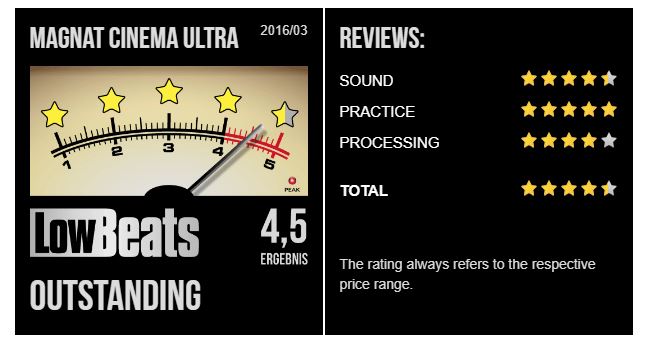
0 Comments